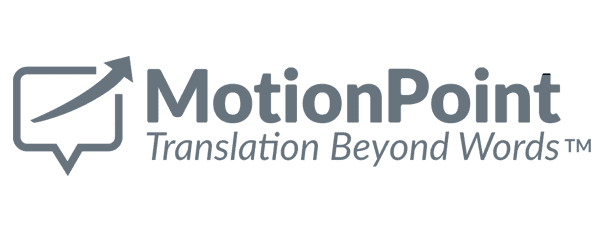




Overseeing the technical needs of a growing global business isn’t easy, especially when you’re managing a lean IT / development team. This becomes especially tough when you’re asked to take the technical lead on a website translation project designed to engage customers in international markets.
Thankfully, both global content translation solutions and digital content localization solutions have evolved in recent years. The most advanced approaches are now:
This first installment in a two-part guide highlights what technical questions an IT team should ask while choosing a content localization solution.
Countless technical complexities can make it tricky to localize your origin website's content for international markets. As you research website translation solutions, consider these questions:
Advanced global content translation solutions can manage these issues in ways that dramatically ease technical and workflow burdens within your organization, or eliminate them altogether. This helps ensure a great customer experience for global users.
Before you choose a global content translation solution, consider your translation needs. This information is critical, since different solutions handle these needs with different degrees of success.
For now, let’s consider the first scenario where only your company’s website needs translation. In the second part of this series, we’ll consider global content translation solutions for omnichannel content, as well as website content.
If your company’s main goal is to share website content in different languages, the best approach is a proxy-based solution.
When customers visit your origin website, their interactions send requests to your web servers. Your servers then pull content from databases, templates, graphics and more to assemble the webpages the customers wish to see.
The proxy approach replicates this process for multilingual websites. A proxy server sits in the middle of the end user and your back-end system. The origin website’s content is swapped out with its translated equivalent before the fully functioning translated webpage is sent to the end user. This process happens instantly.
Proxy-based technology outclasses other common options for translation:
Translated microsites create a lack of parity between your content for international markets and your origin website. Global customers notice this, and don’t like the disparity.
Connectors or translation plugins for traditional CMSs promise hands-on control of your translated websites, but often don’t work as smoothly as advertised. This out-of-the-box solution typically needs additional development to extend its functionality to work with your CMS or business processes. This means your team may deal with connector-related complications such as:
The proxy approach is a streamlined global content translation solution that offers:
Not all translation tools are built for global scale. A true global content translation solution must do more than just replace text in another language-it must support your infrastructure, scale with your growth, and ensure brand consistency across every channel.
Look for these capabilities:
If your chosen solution doesn’t address these areas, it may not truly qualify as a global content translation solution.
So if the proxy approach is an ideal technical solution for website translation, what is the best solution for localizing social media posts, emails, offline documents and other omnichannel assets?
Check out the second part of this guide to learn about your best option for localizing content beyond your website.